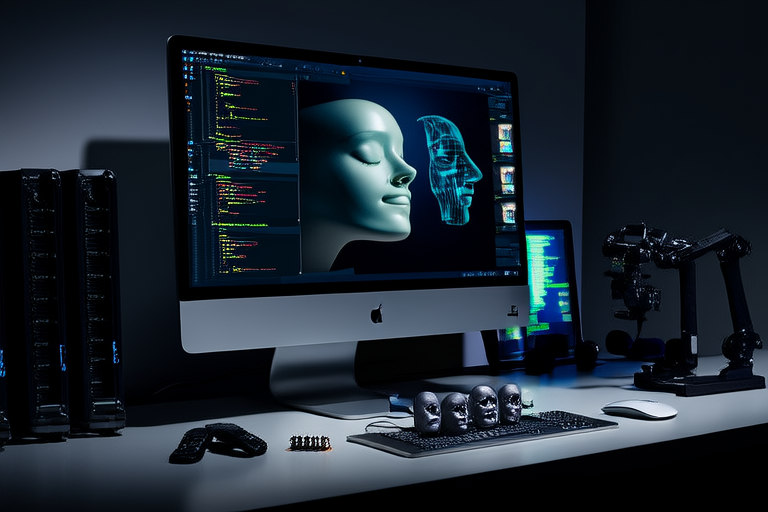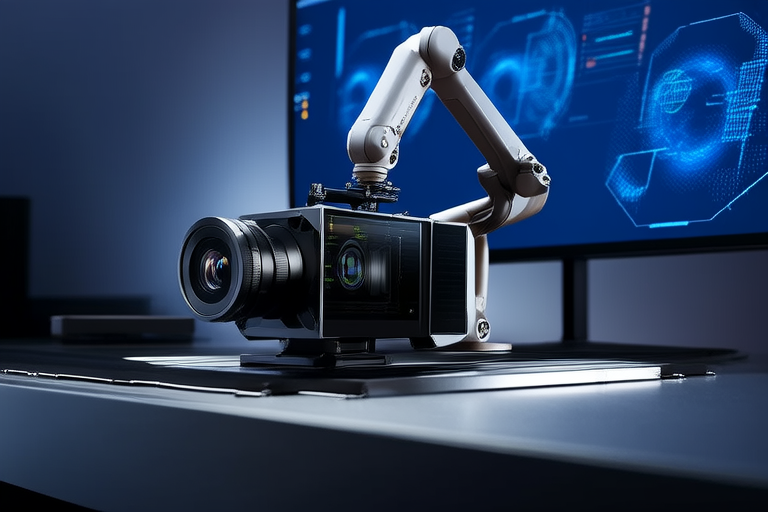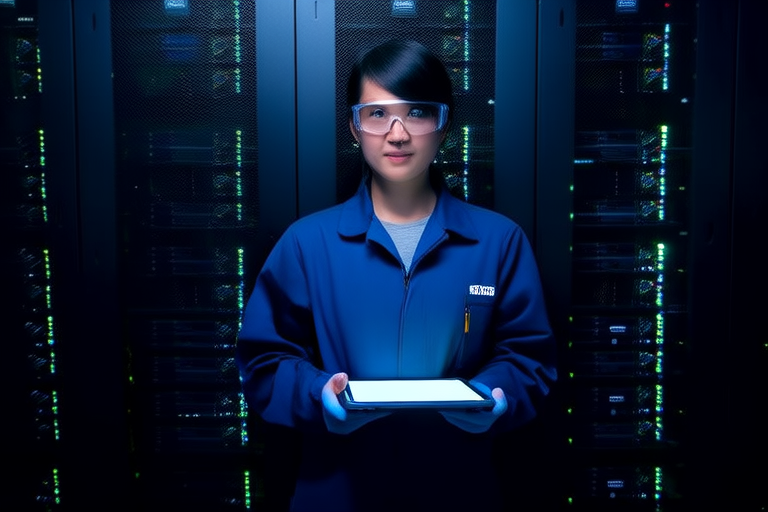Understanding the Basics: A Beginner’s Guide to Computer Vision
Introduction
Computer vision is a field of artificial intelligence that focuses on enabling machines to interpret and understand visual information from the world. This technology allows computers to process and analyze images and videos in much the same way humans do, making it possible for machines to recognize objects, scenes, and activities.
The importance of computer vision cannot be overstated. It has numerous real-world applications, from facial recognition systems in smartphones to autonomous vehicles and medical imaging analysis. Understanding computer vision can open up new career opportunities and enable individuals to contribute to groundbreaking innovations.
This guide is designed for beginners who want to grasp the fundamentals of computer vision. By the end of this article, you’ll have a solid understanding of the key concepts, workflows, and practical applications of this exciting field.
Key Concepts in Computer Vision
Image Processing
Image processing involves manipulating digital images to improve their quality or extract useful information. Common tasks include noise reduction, contrast enhancement, and color correction. For example, adjusting the brightness of an image to make it easier to see details.
Object Detection
Object detection is the process of identifying and locating objects within an image. This involves not only recognizing what an object is but also pinpointing its location within the image. For instance, a self-driving car might use object detection to identify pedestrians, vehicles, and road signs.
Image Classification
Image classification assigns a label to an entire image based on its content. For example, classifying an image as containing a cat, dog, or bird. This task is fundamental in many applications, such as sorting photos or categorizing medical scans.
Feature Extraction
Feature extraction involves identifying distinctive characteristics or patterns within an image that can help in distinguishing between different objects or scenes. These features could be edges, corners, textures, or colors. Feature extraction is crucial for improving the accuracy of image classification and object detection models.
How Computer Vision Works
A typical computer vision system operates through several key phases:
Data Collection
The first step is gathering the necessary data, which often consists of labeled images or videos. This data serves as the foundation for training machine learning models. For example, a dataset for facial recognition might include thousands of images of faces with corresponding labels indicating individual identities.
Data Preprocessing
Before feeding the data into a model, it undergoes preprocessing to ensure consistency and quality. This may involve resizing images, normalizing pixel values, and augmenting the dataset with variations of the original images. These steps help improve the performance and robustness of the final model.
Model Training
In this phase, the system learns from the preprocessed data. Machine learning algorithms, particularly deep learning models like Convolutional Neural Networks (CNNs), are trained to recognize patterns and features within the images. During training, the model adjusts its parameters to minimize errors in predictions.
Inference
Once the model is trained, it can be used to make predictions on new, unseen data. This is known as inference. For example, a trained facial recognition model can now identify individuals in real-time video streams.
Common Algorithms and Techniques
Convolutional Neural Networks (CNNs)
CNNs are a type of deep learning algorithm specifically designed for image processing tasks. They consist of multiple layers that automatically learn hierarchical feature representations from raw pixel data. CNNs excel at tasks like image classification and object detection.
Support Vector Machines (SVMs)
SVMs are another popular algorithm used for classification tasks. They work by finding the optimal hyperplane that separates different classes in the feature space. SVMs are particularly effective when dealing with high-dimensional data and can be combined with kernel functions to handle non-linear boundaries.
Edge Detection
Edge detection is a technique used to identify boundaries between regions in an image. It helps in isolating objects from the background. Common methods include Canny edge detection and Sobel operators, which apply mathematical operations to highlight areas of rapid intensity change.
Corner Detection
Corner detection identifies points in an image where two edges intersect. These points are often useful for tracking and matching features across different images. Techniques like Harris corner detection and FAST corner detection are commonly employed for this purpose.
Optical Flow
Optical flow estimates the motion of objects between consecutive frames in a video sequence. It is widely used in applications such as video stabilization and motion tracking. Algorithms like Lucas-Kanade method and Horn-Schunck method are popular choices for computing optical flow.
Applications of Computer Vision
Healthcare
In healthcare, computer vision is used for medical imaging analysis, such as diagnosing diseases from X-rays, MRIs, and CT scans. It can also assist in surgical procedures by providing real-time guidance and enhancing visualization.
Automotive
The automotive industry leverages computer vision for advanced driver-assistance systems (ADAS) and autonomous driving. Cameras mounted on vehicles can detect obstacles, pedestrians, and traffic signals, enabling safer and more efficient navigation.
Retail
Retailers use computer vision for inventory management, customer behavior analysis, and cashier-less checkout systems. For example, cameras can track the movement of products on shelves and provide insights into consumer preferences.
Security
Security systems employ computer vision for surveillance, facial recognition, and anomaly detection. Video analytics can monitor public spaces for suspicious activities and alert authorities in real-time.
Getting Started with Computer Vision
Tools and Libraries
To begin your journey in computer vision, consider using beginner-friendly tools and libraries. OpenCV is a widely-used open-source library that provides a comprehensive set of functions for image and video processing. TensorFlow and PyTorch are popular deep learning frameworks that support building and training computer vision models.
Learning Resources
There are numerous online courses and tutorials available to help you learn computer vision. Platforms like Coursera, Udemy, and edX offer courses ranging from introductory to advanced levels. Books such as “Deep Learning with Python” by François Chollet and “Learning OpenCV 4” by Adrian Rosebrock are excellent references.
Hands-On Practice
Engage in hands-on projects to reinforce your learning. Start with simple tasks like classifying images of animals or detecting faces in photos. As you gain confidence, try more complex projects such as creating an object tracking system or developing a sign language recognition application.
Conclusion
In this guide, we’ve explored the basics of computer vision, covering key concepts, workflows, algorithms, and applications. Whether you’re interested in healthcare, automotive, retail, or security, computer vision offers endless possibilities for innovation and problem-solving.
We encourage you to continue exploring this fascinating field. Stay updated with the latest advancements, experiment with new tools and techniques, and contribute to the growing community of computer vision enthusiasts.




